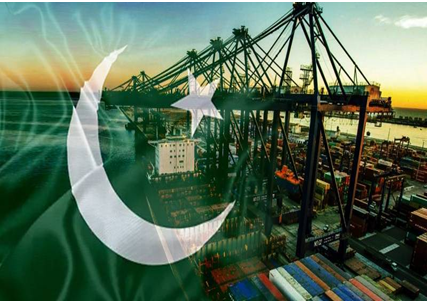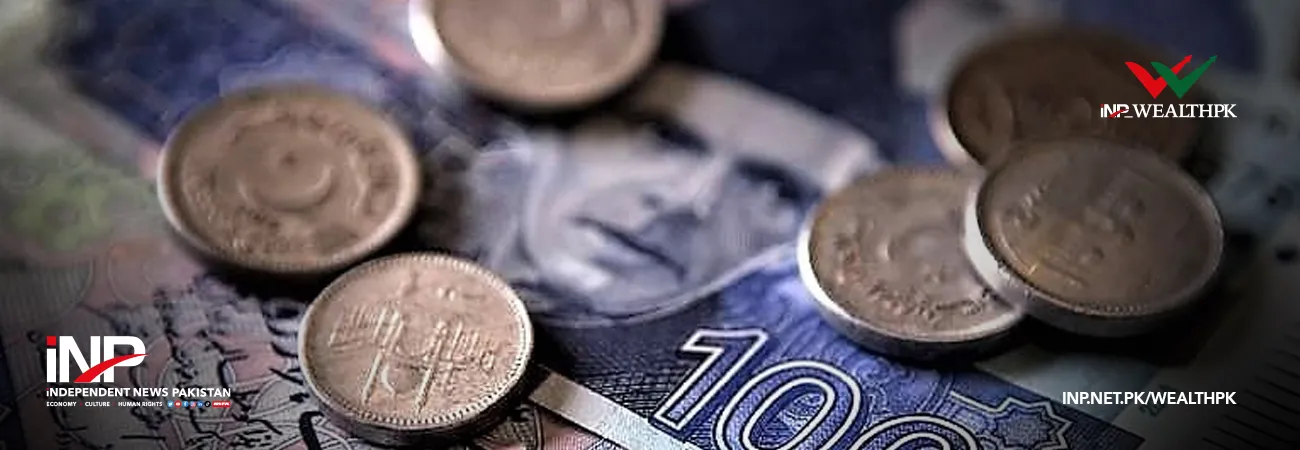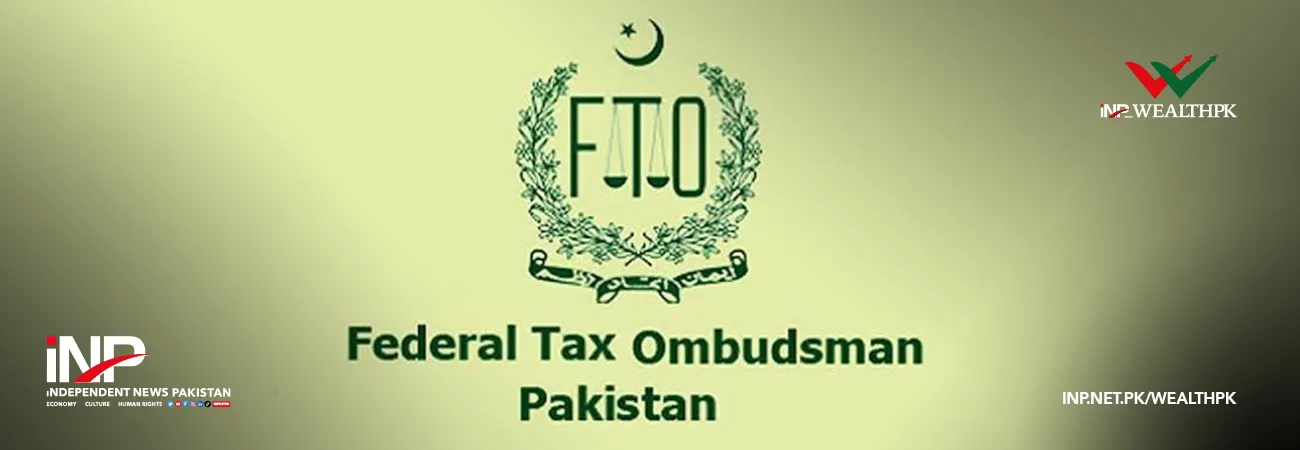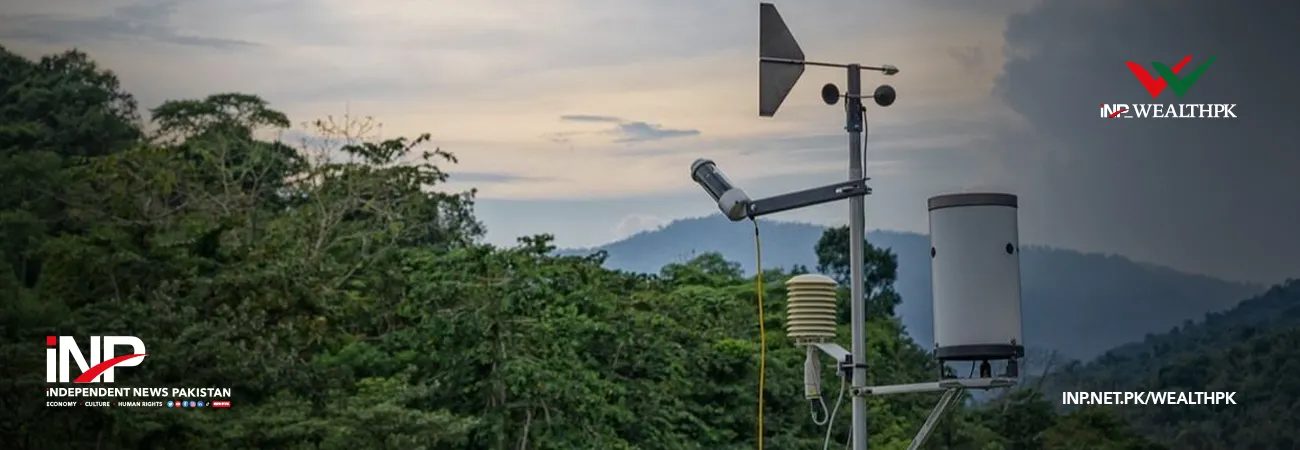INP-WealthPk
Moaaz Manzoor
In light of Pakistan’s persistent currency depreciation, economic analysts stress the urgency of trade reforms to manage inflationary consequences and long-term economic vulnerabilities, reports WealthPK.

The rupee has weakened significantly over the past two years, primarily due to external financing gaps, balance of payments issues, and mounting import dependence. While some temporary relief has been provided by the stabilising global oil prices, experts agree that structural weaknesses in Pakistan’s trade architecture — especially the imbalance between essential imports and limited, undiversified exports — leave the economy vulnerable to external shocks.
Namra Saleem, a researcher and economist at the Policy Research & Advisory Council (PRAC), told WealthPK that Pakistan’s import-driven economy remains highly vulnerable to currency volatility. “The rupee’s continued slide is worsening the import bill, especially for inelastic necessities like fuel, food, and industrial inputs. This creates a domino effect, raising the production costs for key sectors such as textiles, pharmaceuticals, and agro-processing, and ultimately driving cost-push inflation,” she said.
“Imported inflation and rising transport costs are not just raising the input prices, they are also squeezing the purchasing power of ordinary citizens, particularly the low and middle-income groups,” she noted. According to her, while depreciation theoretically boosts exports by making them cheaper globally, Pakistan’s constrained manufacturing capacity and lack of product diversification limit its ability to capitalize on this advantage.
Echoing similar concerns, Muhammad Bilal Ejaz, Research Analyst at Ismail Iqbal Securities, underlined that the rupee’s decline is not a new phenomenon but a cyclical symptom of deeper economic dependencies. “Our import-heavy basket — comprising petroleum, machinery, agricultural inputs, and food — makes us extremely sensitive to currency fluctuations,” he said. Ejaz added that although the current inflationary pressure has been slightly muted by softer global oil prices (hovering around $60–65 per barrel, compared to the earlier $80 average), this cushion is fragile and cannot be relied upon in the long term.
“This reprieve can vanish quickly with a spike in international markets. We can’t base national economic stability on external factors beyond our control,” he warned. Both experts agree that the answer lies not in short-term currency management but in long-overdue trade and industrial reforms. Namra suggested targeted policy shifts to reduce import dependence and develop domestic alternatives for basic goods, including energy and food.
“Pakistan needs to nurture backward linkages in industries and encourage value addition in exports,” she advised. Similarly, Ejaz called for a comprehensive recalibration of trade policy, including support for non-traditional export sectors and facilitation for small and medium-sized enterprises (SMEs). “Until we reform our trade structure and incentivize local manufacturing, we’ll continue to be caught in the same loop every few years,” he concluded.
In essence, while short-term fiscal measures and monetary tweaks may offer limited breathing space, Pakistan’s recurrent currency depreciation is a symptom of systemic trade imbalances. Without significant reforms aimed at boosting local production and export diversification, the country will remain vulnerable to inflation and external shocks. Both experts urge the policymakers to shift the focus from crisis firefighting to long-term structural transformation.
Credit: INP-WealthPk













